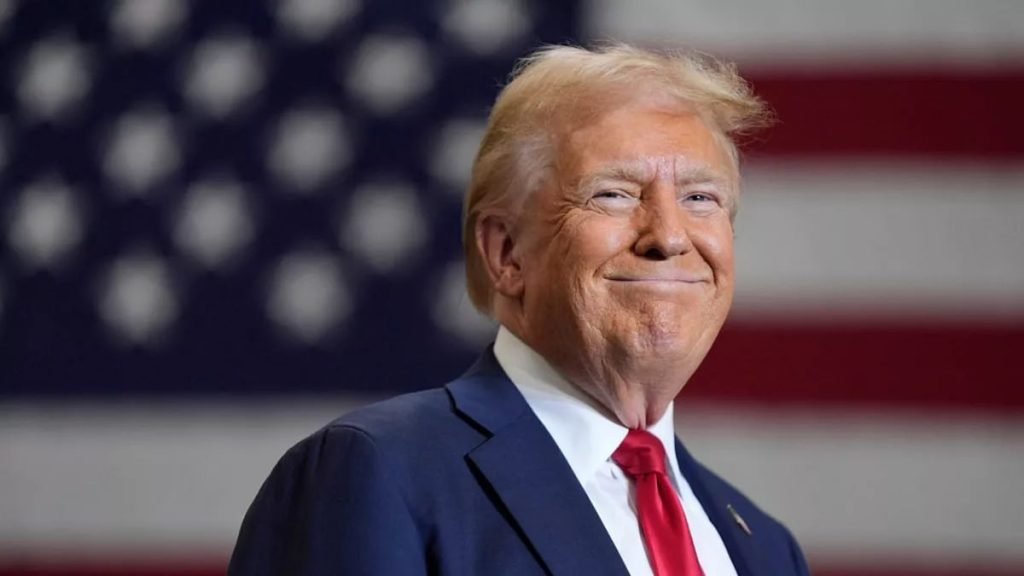Title: Understanding the Impact of Presidential Tariffs on Bitcoin Prices and the Crypto Market
In a notable development, President Donald Trump has announced reciprocal tariffs, leading to a tumultuous response in the cryptocurrency market, particularly affecting Bitcoin prices. Following a prolonged period of anticipation, the President’s speech has raised concerns among investors and analysts alike. His assertion that it’s time for a “Tit-for-Tat” tariff policy signals a shift in trade strategies aimed at bolstering the U.S. economy. This abrupt policy change has initiated a pause in Bitcoin’s recent rally, leaving the cryptocurrency community speculating about the future trajectory of digital assets.
The announcement highlighted the expansion of tariffs beyond traditional commodities to include “non-monetary” barriers, such as currency manipulation and environmental concerns referred to as “pollution havens.” These measures indicate a broadening scope of trade policy that could reshape international economic relations and create ripples across global markets, including cryptocurrencies. Investors are particularly interested in how these tariffs may influence Bitcoin and other cryptocurrencies, as they navigate an already volatile market landscape.
Countries identified by President Trump are set to face significant tariff increases, with Cambodia facing charges of up to 49% on goods, while China, India, and the European Union will encounter 34%, 26%, and 20% tariffs, respectively. This bold approach suggests a potential escalation in trade tensions, impacting various sectors including tech and finance. As the U.S. government evaluates its stance, there is a possibility that these tariffs could lead to reactions from foreign trading partners, resulting in further economic uncertainty that may see Bitcoin prices fluctuating in response.
Moreover, the temporary deceleration of Bitcoin’s growth following the tariff announcement reflects a broader unease in the crypto market. As traders react to geopolitical developments, Bitcoin’s volatility may increase, further complicating price predictions. The crypto market’s interconnectedness with global economic policies makes it sensitive to trade-related news, prompting traders to remain vigilant to external influences that might sway market dynamics. Thus, the current climate necessitates careful monitoring, as reactions to tariffs could either hinder or propel Bitcoin’s trajectory in the near term.
The Liberation Day, historically a period of reflection on market influences, has sparked discussions regarding the future of Bitcoin amidst ongoing trade disputes. Experts in the field continue to analyze potential ramifications, emphasizing how protective measures implemented by the U.S. could inadvertently bolster aspects of the crypto market as a hedge against traditional economic uncertainties. This might lead to a growing acceptance of cryptocurrencies, as investors seek alternatives in response to evolving trade policies. Understanding these market trends can provide insights into how Bitcoin and related assets might perform moving forward.
In conclusion, President Trump’s reciprocal tariff policies represent a significant shift in U.S. trade strategy, with immediate repercussions on the cryptocurrency landscape, particularly Bitcoin. This environment demands that investors consider both market research and geopolitical factors when navigating the ever-changing world of cryptocurrencies. As developments unfold, staying updated on trade policies and market reactions will be crucial for those involved in cryptocurrency investing, ensuring a well-informed approach in an unpredictable economic landscape.


